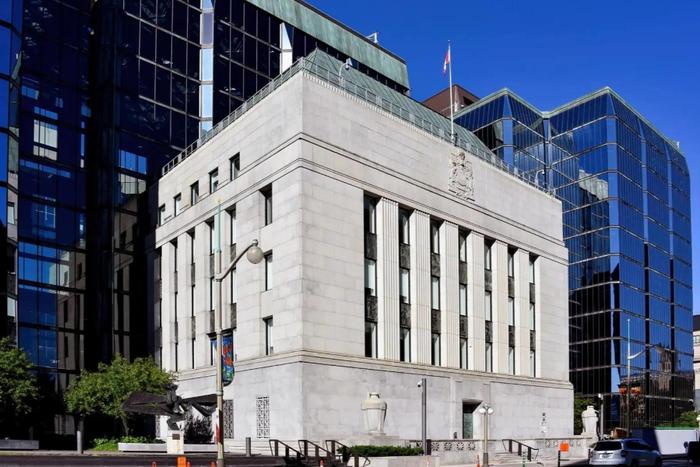
On July 30th, local time, the Bank of Canada announced that it would continue to keep its benchmark interest rate at the current level of 2.75% unchanged.
The Bank of Canada stated that Canada’s economy achieved strong growth in the first quarter due to early exports in response to tariff issues, but the GDP may have decreased by about 1.5% in the second quarter. This contraction was mainly due to a sharp reversal in exports after early exports and a decline in US demand for Canadian goods due to tariff threats. Several economic indicators indicate that the supply surplus situation in Canada has intensified since January.
The Bank of Canada mentioned that despite recent clarity in US trade policies, US trade actions remain unpredictable, with trade negotiations still full of uncertainties, and new industry tariff threats persist.
The Bank of Canada predicts that under the current tariff conditions, with export stabilization and household spending gradually increasing, Canada’s economic growth rate will rebound to around 1% in the second half of this year. However, economic weakness is expected to last until 2026. If tariff issues ease, the speed of economic growth rebound will be faster; if tariff issues escalate, the economy will continue to shrink within this year.
In March this year, the Bank of Canada announced a 25 basis point reduction in the benchmark interest rate to 2.75%, while keeping the benchmark interest rate unchanged in April and June.